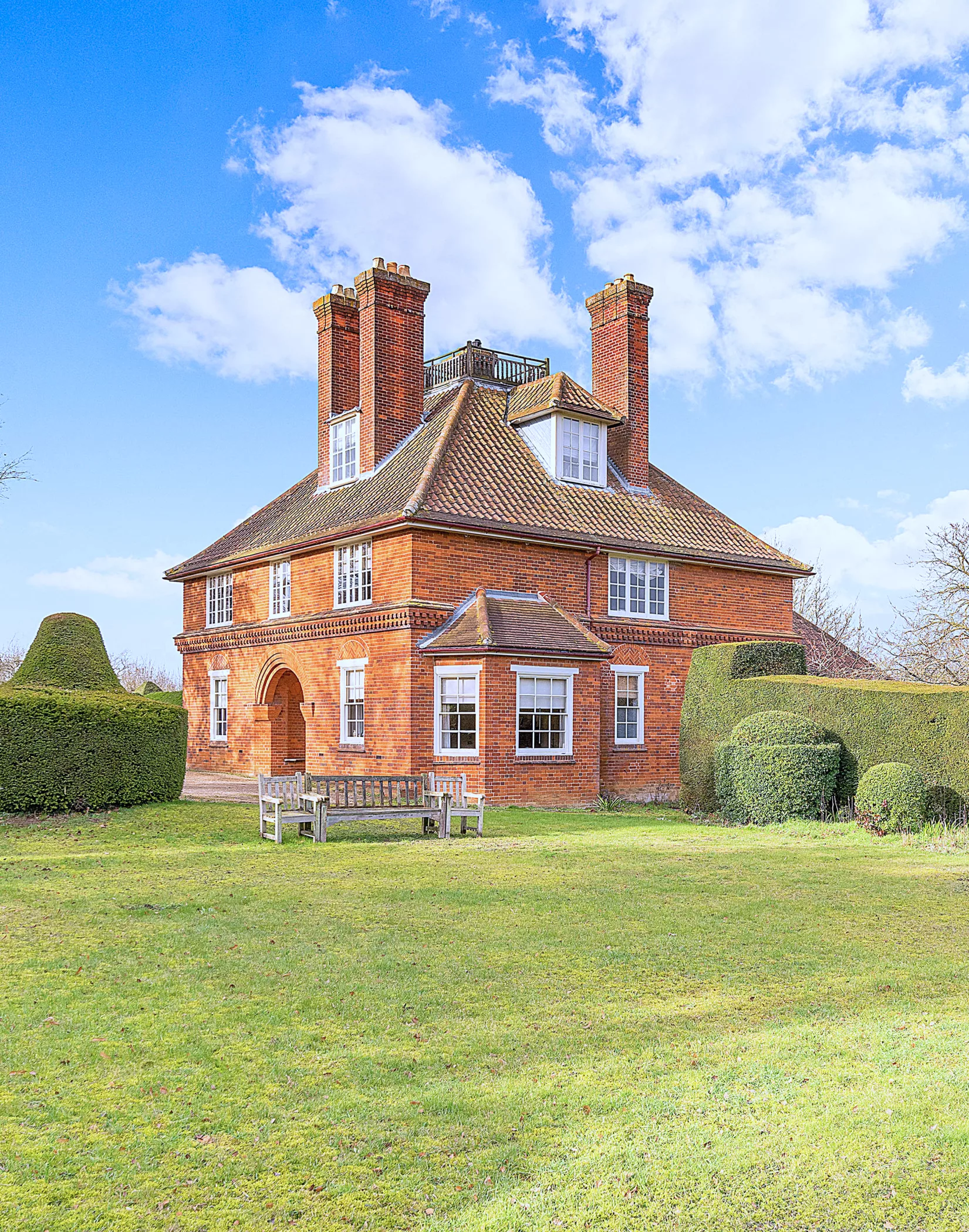- Auctions
- Buying & Selling
- Departments
- Asian & Oriental Art
- Books, Maps & Manuscripts
- Ceramics & Glass
- Coins & Banknotes
- Furniture & Antiques
- Jewellery & Gemstones
- Military, Militaria & Medals
- Modern Art & Design
- Music & Audio
- Paintings, Pictures & Prints
- Period Oak & Metalwork
- Retro & Quirky
- Toys, Games & Collectables
- Tribal & Ancient Art
- Scientific & Maritime
- Silver & Gold
- Watches & Clocks
- Valuations
- Contact
Got a question? Take a look at our FAQs here and if you can’t find your answer contact us on 01449 673088.
Maritime History 1 Apr 2023 News Norfolk News Suffolk News
For hundreds of years, travelling by boat was the only way to transport goods around the world, visit and explore different continents and the only way to reach our shores. Until the aeroplane was discovered and science transported us around the world more quickly and less ‘choppy’, ships and the sound of the ocean waves were the norm for most.
Britain has a very rich maritime history with famous names such as Nelson and Cook who took on the challenge of the seas and undertook voyages around the world that have made their mark in our naval history. Maritime objects hold a special place in our history as they are an ‘etch in time’ of what would have seen and experienced.
Therefore, with such a rich maritime history, it is no wonder that we are able to hold a dedicated maritime and exploration auction at our Stowmarket salerooms which is filled with exciting lots such as pieces of artistic scrimshaw depicting scenes of travels, loved ones and important historical monuments to folk art model boats from the 19th century. The auction shows an interesting take on the maritime world so, this week we take a look at some of the interesting pieces from this auction.
Sailors across the world, when they were at sea, obviously had a lot of time to fill whilst on their voyages so would have worked scenes of battle or landscape into bone or into wood as keepsakes or send home to loved ones. One such example features in our Maritime and Exploration auction on Wednesday 5 April at our Stowmarket saleroom is a 19th century whales tooth snuff mill. A snuff mull is a holder for snuff (tobacco that was inhaled). The word mull comes from the Scottish word for ‘mill’, and this is why it is called a ‘mull’ as the snuff that was inhaled was ground to a powder before being consumed. This example has a beautiful colourful decoration around the top with the lid being initialled PL. Made from an actual whales tooth, the design on it makes it an intriguing piece. It’s auction estimate is £200 – £300.
A lovely etching that is part of this auction is by William Lionel Wyllie RA RE (British 1851-1931) of HMS Victory. Wyllie was a prolific painter of marine scenes in both oil and watercolours and he was described as ‘the most distinguished marine artist of his day’. He held exhibitions at the Royal Academy and the Fine Art Society to name but a few. This signed pencil etching of HMS Victory at sea is a lovely example of his work and features in this auction with an auction estimate of £150 – £250.
Another lot in this auction that features HMS Victory is actually a wooden model of the world’s oldest naval ship. HMS Victory, which was well known for her role in Nelson’s Battle of Trafalgar and is the Navy’s most famous warship is represented in a wide range of objects including this scaled down model. This example is a well made model, with intricate details of the mast and deck and is on a mounted plinth base.
A fine oil on canvas that forms part of our Maritime & Exploration auction is by Henry Loos (Belgian, act 1870-1894). Loos was a renowned naval artist and this oil is titled ‘The Millie Bain, under Full Sail nearing Eddystone’, it is signed and dated 1904 and has inscribed Antwerp (lower right). It is expected to achieve between £1,000 – £1,500 at auction, a lovely piece of his work.
Exploration forms a part of this interesting auction and that covers areas such as tribal and samples obtained whilst traveling. Such as three African tribal clubs (lot 88), to include a root headed example, a club with turned terminal and pointed end and a club with bulbous terminal, fascinating to think who may have held such objects and is expected to attract auction interest between £300 – £500. We also have a 19th Century Tunbridge ware Compass (lot 61) that is expected to attract auction interest of £200 – £300, tourist maps and Victorian mahogany apothecary cabinet (lot 74) all as part of this auction.
Antique Valuations
Bishop & Miller offer a free, no obligation valuation service on a wide range of objects.
Offering full service and guidance whether it’s a single item for valuation and auction or probate and insurance valuations. Our team of dedicated professionals are on hand to help with every aspect of your auction experience.
Tailored Auction Alerts
Please select all that apply and we'll send you alert when catalogues become available. You can update your alerts or unsubscribe at any time.
Please select...
Contact The Team











